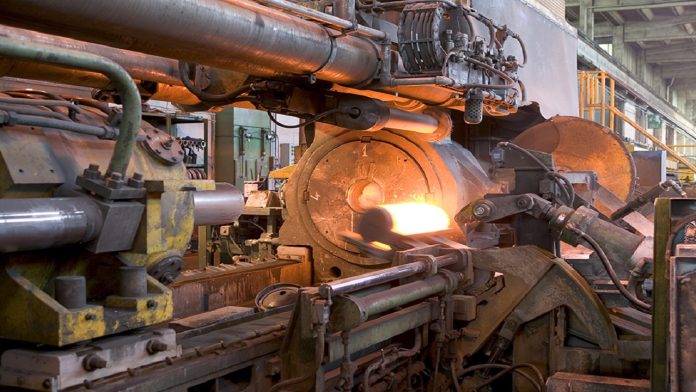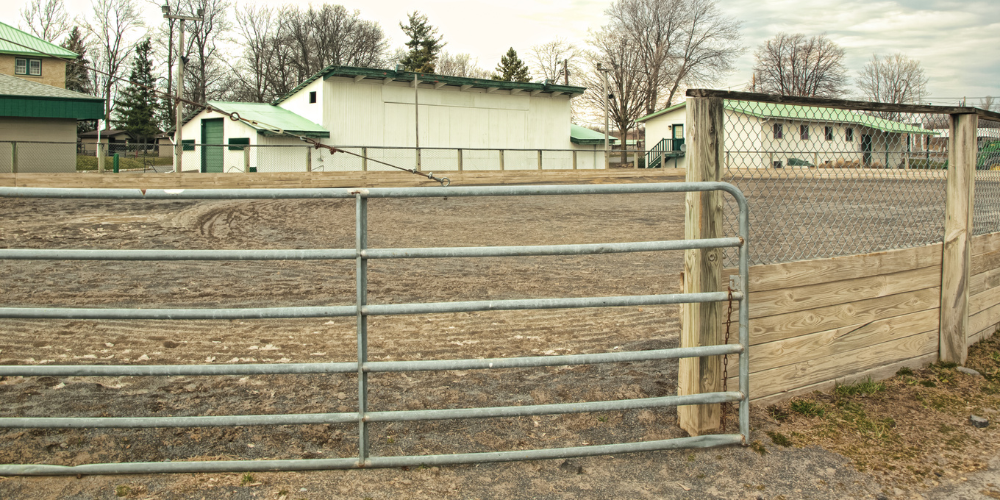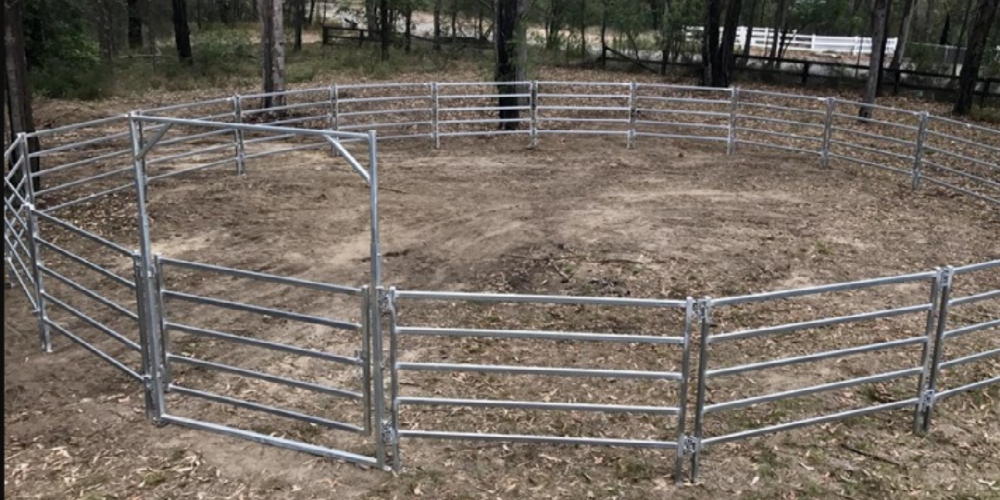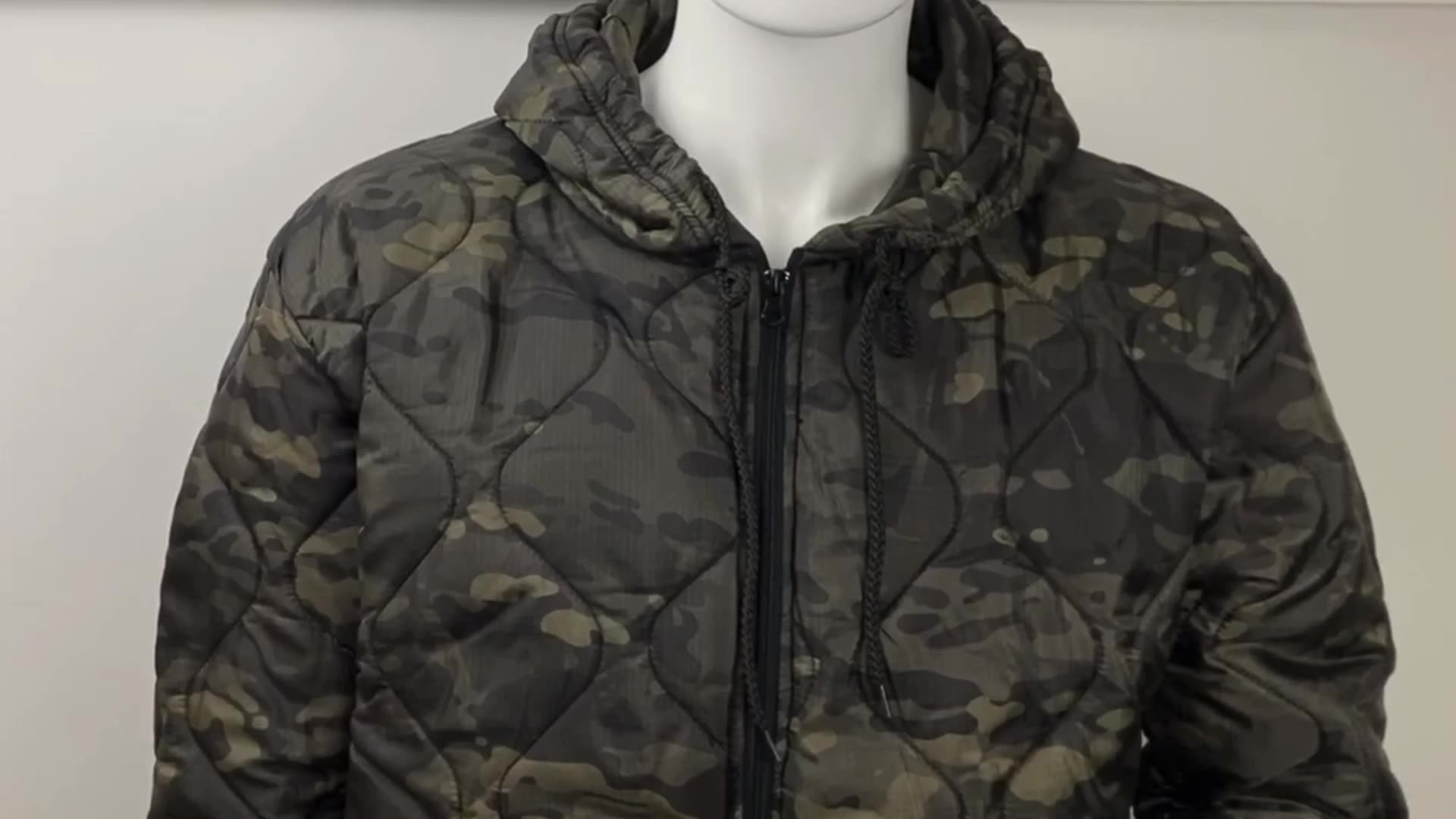Warm extrusion is a versatile and innovative metalworking process that plays a crucial role in the manufacturing industry. It involves the controlled application of heat and pressure to shape various metals into intricate and customized components. Warm extrusion strikes a balance between the extreme heat of hot forging and the cold forming of cold extrusion, making it ideal for producing high-strength and precision parts. In this article, we will delve into the essential aspects of warm extrusion, shedding light on how heat and pressure are the driving forces behind its success. For more information on warm extrusion and its applications, please visit www.cxinforging.com, where you can find additional resources and insights into this innovative manufacturing process.
Understanding Warm Extrusion
Warm extrusion, as the name suggests, operates at temperatures higher than those used in cold extrusion but lower than those in hot forging. This method involves heating the metal to a specific range where it becomes more malleable without reaching its melting point. Metals like aluminum alloys and carbon steel are commonly subjected to warm extrusion due to their favorable properties in this temperature range.
Key Factors in Warm Extrusion
Temperature Control
The heart of warm extrusion lies in precise temperature control. Metals are heated within a controlled environment to a temperature that allows for plastic deformation without losing their structural integrity. This control is critical in ensuring the desired mechanical properties of the final component.
Pressure Application
Just like in any extrusion process, pressure plays a pivotal role in shaping the metal. A hydraulic press or mechanical press exerts a force on the heated metal, causing it to flow through a die or mold to take the desired shape. The amount and distribution of pressure are carefully monitored to achieve the desired results.
Material Selection
The choice of material is crucial in warm extrusion. Metals with favorable properties in the warm extrusion temperature range are selected to ensure the desired outcome. Different alloys and grades offer unique characteristics that can be harnessed for specific applications.
Die Design
Customized die design is fundamental in warm extrusion. It determines the final shape and dimensions of the component. Computer-aided design (CAD) and computer-aided engineering (CAE) software are employed to create precise die designs that meet the customer’s requirements.
Precision Machining
After the warm extrusion process, further precision machining may be required to achieve tight tolerances and specific surface finishes. Advanced CNC equipment and machining centers are often used for this purpose.
Applications of Warm Extrusion
Warm extrusion finds applications across various industries, contributing to the production of high-quality components. Some notable applications include:
Automobile and New Energy Vehicles
Warm extrusion is used to manufacture parts such as engine components, transmission gears, and lightweight aluminum alloy components for electric vehicles.
Agricultural and Forestry Equipment
High-strength components required for tractors, harvesters, and forestry equipment are often produced through warm extrusion due to their wear resistance and durability.
Engineering and Mining Machinery
Core parts in construction and mining machinery benefit from warm extrusion’s ability to create strong and wear-resistant components.
Electrical Products and Motors
Warm extrusion is employed for producing precise and small components with minimal deformation, ideal for electrical and motor products.
Conclusion
Warm extrusion stands as a testament to the synergy between heat and pressure in the world of metalworking. It offers a unique balance between hot forging and cold extrusion, allowing for the creation of high-strength and precision components across various industries. The temperature control, pressure application, material selection, die design, and precision machining are all integral parts of the warm extrusion process. As technology continues to advance, warm extrusion will likely play an even more significant role in the manufacturing of customized and complex metal components.
















